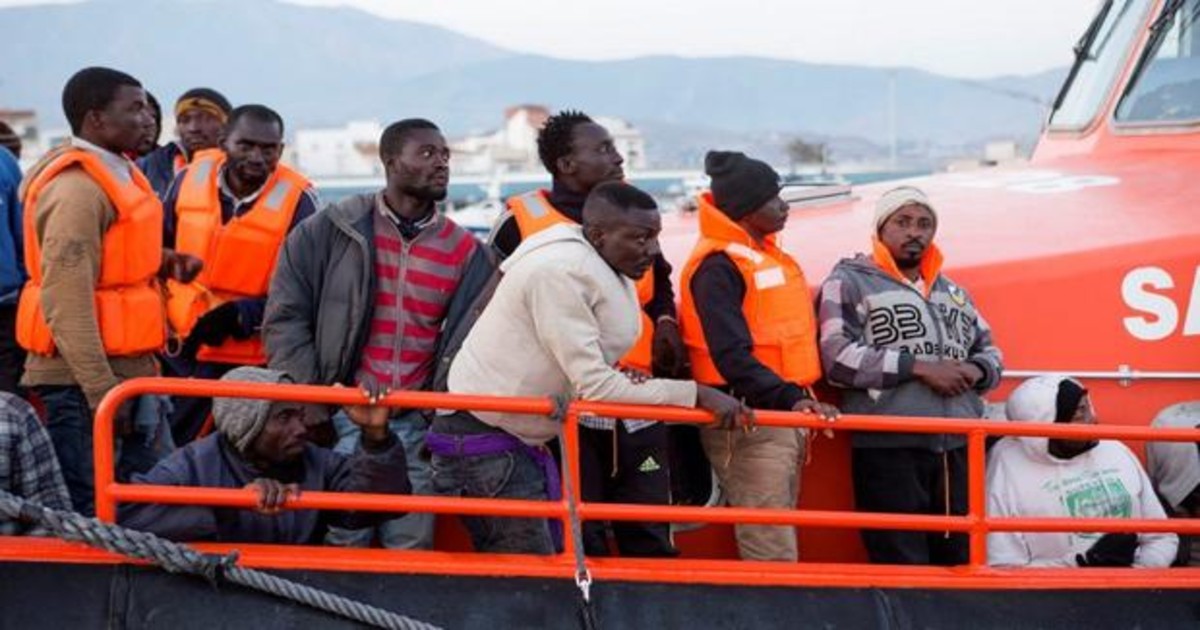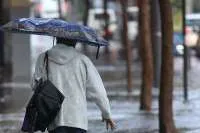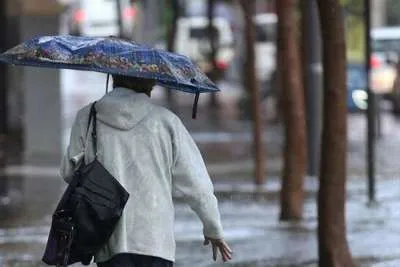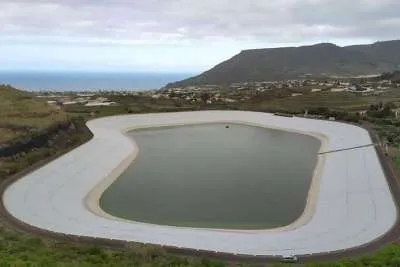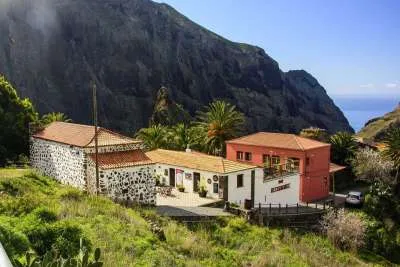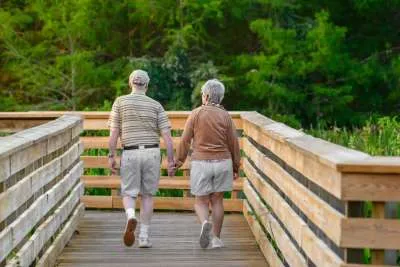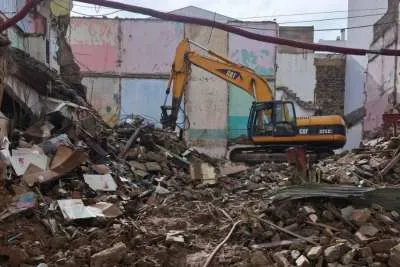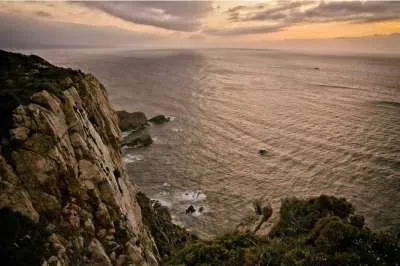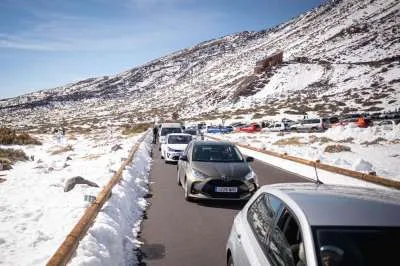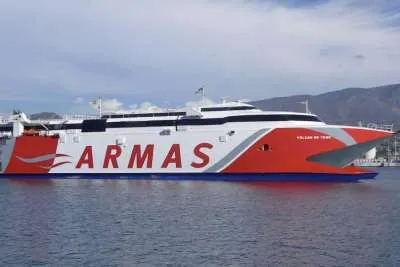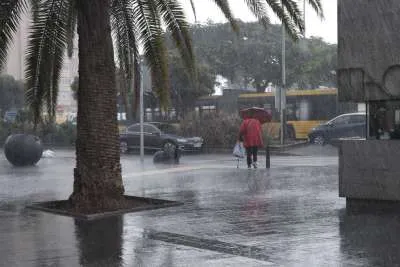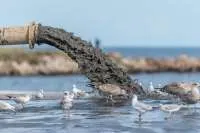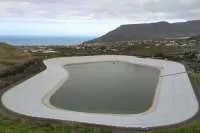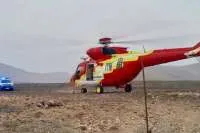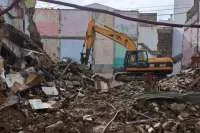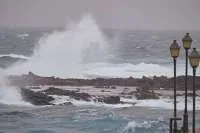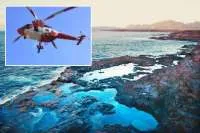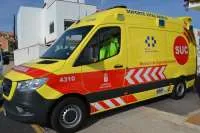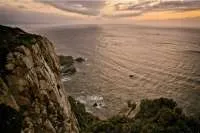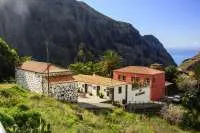592 irregular immigrants have arrived in eight days and numbers are increasing
- 14-08-2021
- National
- Canarian Weekly
An increase in the number of irregular immigrants arriving in the Canary Islands in boats from West Africa in the last week has rebounded and NGO’s are warning that a new wave of arrivals is imminent as more favourable sea conditions are encouraging people to risk their lives to make the journey to a ‘better life’.
Almost 600 people have reached the archipelago since last Thursday aboard 14 boats, with most of them, eight, going to Gran Canaria, one going to Tenerife, two to Fuerteventura, and the last three to Lanzarote and La Graciosa yesterday.
The forecast was that arrivals would increase in September as the sea always gets calmer at that time of year with a period of certain meteorological stability for the islands where the trade winds lose strength, the water temperature is still pleasant, and the absence of Saharan advections maintains clear skies, which favours navigation.
According to the Government delegate, Anselmo Pestana, "It is the easiest time of year to enter the Canary Islands, but we are prepared", he said earlier in the week.
However, this is not the opinion of humanitarian organizations. The group Red Canaria for the Rights of Migrants considers that the current infrastructures do not guarantee a dignified reception for new arrivals, and that the absence of serious conflicts in recent months is due to greater flexibility in transit at airports and referrals.
"The reception structure of the Plan Canarias is not the most suitable", explains Juan Carlos Lorenzo, CEAR regional coordinator. “It can be used initially but not for a prolonged stay and, precisely, one of the challenges facing the autonomous community is the overcrowding of camps. At this time”, he points out, “the Government is not giving a proportionate and dignified response in all its extension.”
QUICK FACTS:
Boats: The number of arrivals up to July 31st 2021 is 136% higher than in the same period last year.
Reception places: Approximately 20% of the 7,000 places are occupied for migratory care in the Canary Islands Plan.
Challenges: The overcrowding of the camps and the care of unaccompanied minors are the two challenges, according to CEAR.
On the other hand, Lorenzo says that the latest figures show that migratory flow this year is intense. In fact, the latest numbers from the Ministry of the Interior indicates that arrivals had increased by 136% up to August compared to 2020. Among the reasons, the organizations point out, are the greater or lesser police control at the borders or the resurgence of the fishing crisis in Senegal, one of the most frequent nationalities in the most recent boats.
The plundering of its waters and the proliferation of foreign vessels in Senegal has increased poverty and the flight of young people to Europe. This "despair", they warn from Caminando Fronteras, extends to the rest of the countries of the continent while the mafias offer increasingly precarious and dangerous boats for the crossing.
The result, the NGO has warned, is an increase in the difficulty of rescues and the number of shipwrecks. This week alone, 31 people have died trying to reach the shores of the archipelago, including a woman who died on the way to hospital. In this same boat, located 650 kilometres from the Canary Islands, twelve other people perished. The rest of the victims lost their lives after it capsized near the beach of Tarfaya, in southern Morocco.
The greater presence of women and minors is another constant that worries these institutions. In the last week, 69 women and 24 minors have been counted, which confirms the upward trend. CEAR already warned, that in the first months of 2021, the percentage of women had risen from 5% to 12% and that now, it is even higher, and in the case of minors, they have gone from 15% to 20%.


